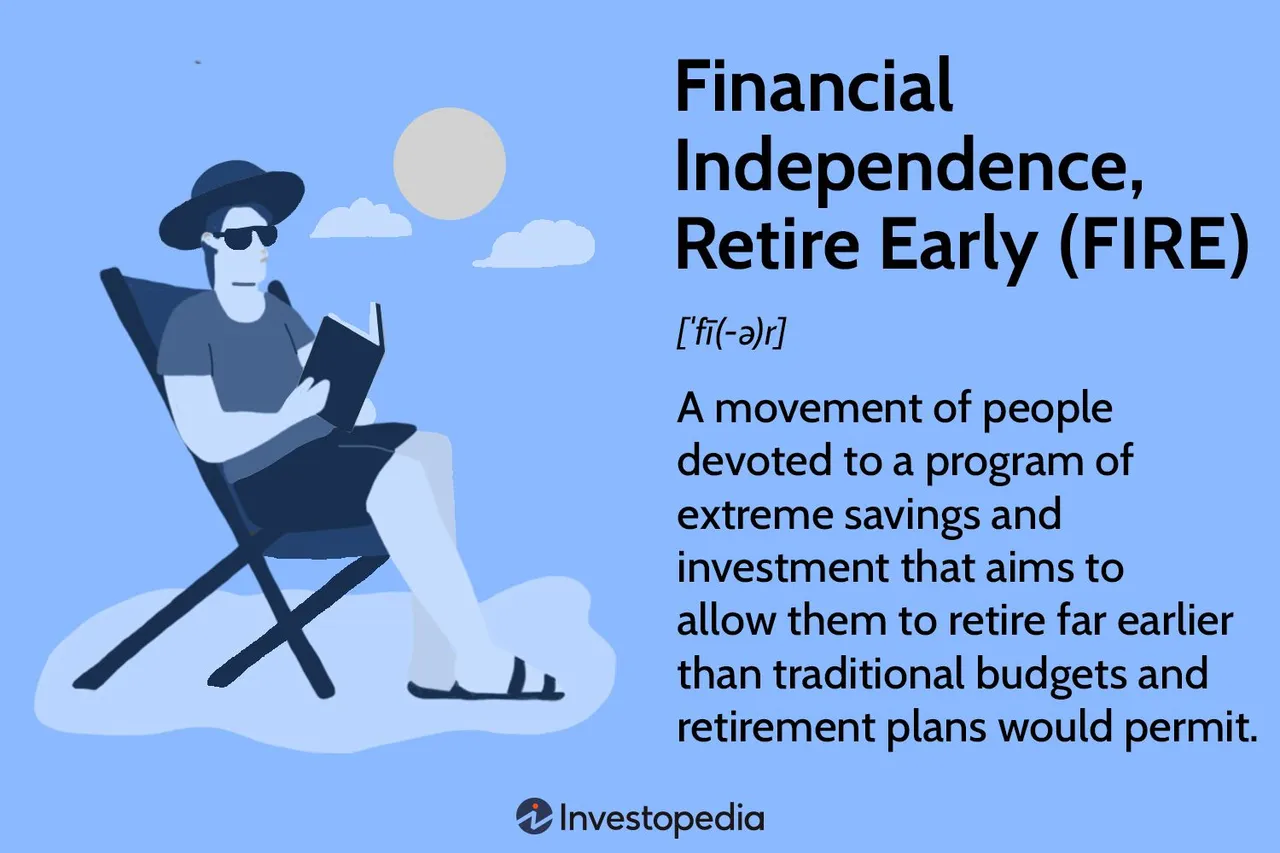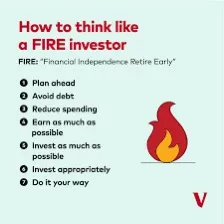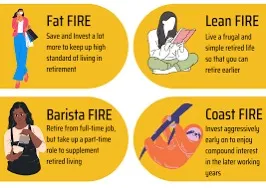Playing with FIRE
The Financial Independence, Retire Early (FIRE) movement is a lifestyle and financial philosophy that has gained significant traction in recent years, particularly among millennials and Gen Z. At its core, FIRE advocates for rigorous saving, prudent investing, and frugal living, enabling individuals to retire significantly earlier than the traditional retirement age, sometimes even in their 30s.

The Philosophy Behind FIRE
The FIRE movement is built on the principle of financial independence—achieving a state where one's assets generate enough income to cover living expenses without the need for full-time employment. This philosophy is rooted in a blend of extreme saving, minimalism, and strategic investment. Adherents of FIRE aim to save between 50-70% of their income, far exceeding the conventional savings rates of 10-20%. This aggressive savings strategy is typically coupled with low-cost, passive investment in index funds, real estate, or other income-generating assets.

The Lifestyle
FIRE followers often adopt a minimalist lifestyle to reduce expenses and increase their savings rate. This can include downsizing their living spaces, cutting unnecessary expenditures, embracing DIY culture, and prioritizing experiences over material possessions. By lowering their cost of living, they can allocate more resources toward investments that will fuel their early retirement.
Pathways to FIRE
There are various pathways within the FIRE community, tailored to different lifestyles and risk tolerances:
Lean FIRE: This approach emphasizes extreme frugality, allowing individuals to retire with a smaller nest egg but also requiring a more austere lifestyle in retirement.
Fat FIRE: Opposite to Lean FIRE, this path involves accumulating a larger financial cushion, allowing for a more comfortable and potentially luxurious retirement.
Barista FIRE: This strategy blends part-time work with semi-retirement. It allows individuals to cover essential expenses through a combination of part-time income and investment returns, providing more financial flexibility without fully committing to traditional employment.
Coast FIRE: Individuals who follow this path save aggressively early on, then scale back savings later as their investments grow enough to support future retirement needs without further contributions.

Criticisms and Challenges
While the FIRE movement has garnered a passionate following, it is not without its critics. Some argue that it promotes a level of frugality that may not be sustainable or enjoyable for everyone. Others point out that it can be more challenging for those with lower incomes or significant debt to achieve the high savings rates required. Additionally, unforeseen financial emergencies or market downturns can pose risks to the financial independence that FIRE seekers strive for.
Conclusion
Despite these challenges, the FIRE movement continues to inspire many to rethink traditional career paths and financial strategies. By prioritizing savings, investing wisely, and living frugally, individuals are finding new ways to achieve financial independence and retire early, redefining what it means to work and live in the modern age. For those willing to adopt its principles, FIRE offers a roadmap to financial freedom and the opportunity to pursue passions and interests outside the constraints of a nine-to-five job.
Sincerely,
Pele23
